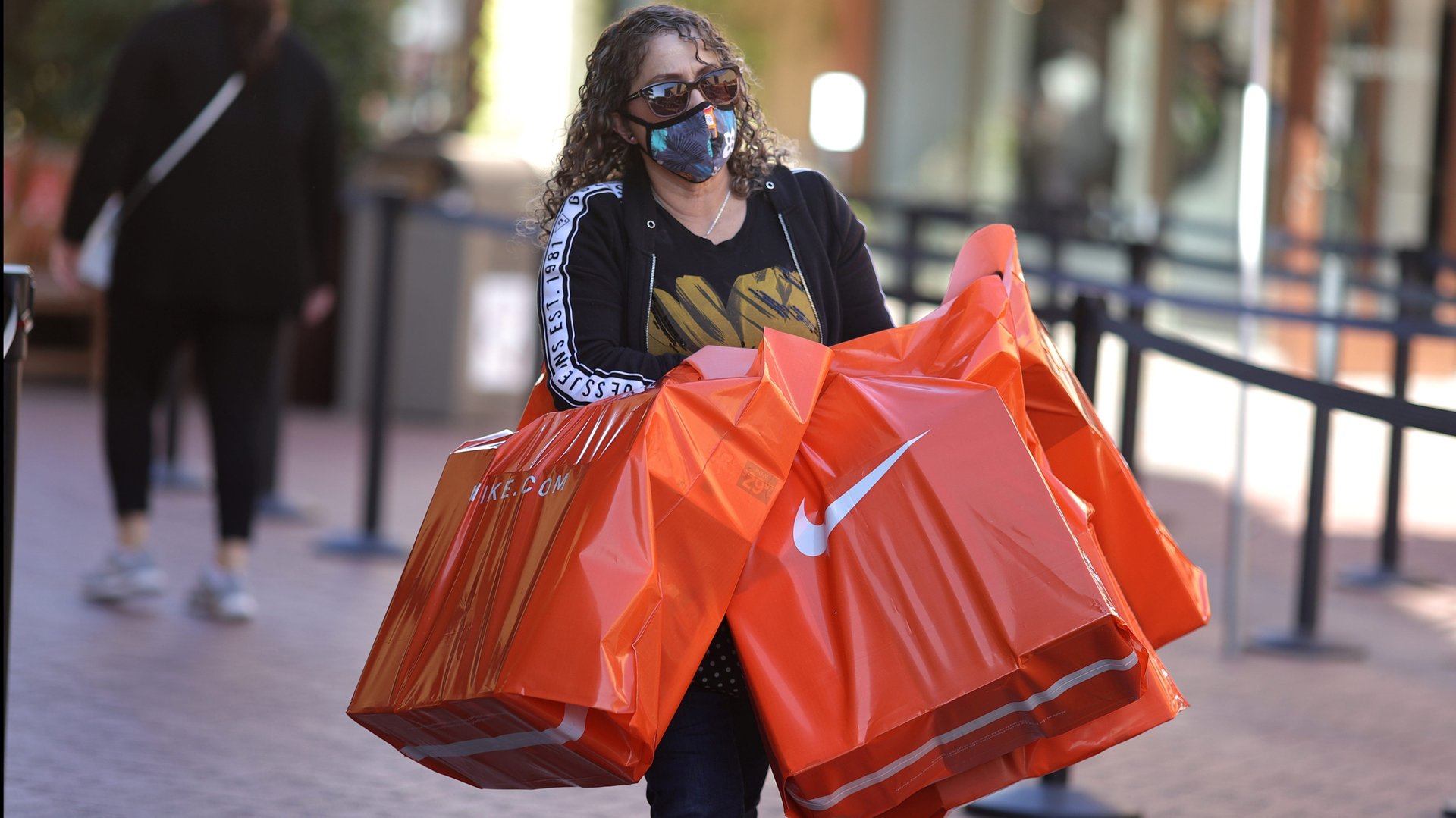Here’s how far a $600 stimulus check goes in 22 American cities
The US House and Senate are voting today on a $900 billion pandemic relief package. If the bill passes, which is expected, it will have “a little bit of everything for everybody,” US Treasury secretary Steven Mnuchin promised on CNBC.


The US House and Senate are voting today on a $900 billion pandemic relief package. If the bill passes, which is expected, it will have “a little bit of everything for everybody,” US Treasury secretary Steven Mnuchin promised on CNBC.
The extensive bill will increase unemployment benefits and extend unemployment assistance programs, reopen the Paycheck Protection Program for small businesses, provide rental assistance for those who lost income during the pandemic, grant money to schools, and supplement the national food relief program.
On top of all that, there will be another stimulus check for most Americans. As a way to stimulate the economy, those earning less than $75,000 will soon receive a one-time handout of $600, plus $600 for each of their dependent children.
How far the money will go depends on location; the cost of living varies significantly across the country. In Detroit, one of the poorer cities in the US, a single check for $600 would cover nearly all of an average resident’s housing costs for one month, including rent or mortgage payments, utilities, and furnishing.
At the other extreme are more expensive cities like Boston and San Francisco, where the check would cover only half of per capita housing costs.
Ultimately, the check is meant to be spent, whether on rent or anything else. Whether that will happen, however, is uncertain. Research from the New York Fed suggests the money is unlikely to be exclusively spent on goods. A June survey showed that only 29% of the stimulus money sent to Americans in March, in the form of $1,200 checks, was used for consumption, with 36% put into savings and 35% used to repay debt. An August survey asking people what they would do with another $1,200 check, were they to receive one, suggested only 24% of the funds would be spent on goods or donated, with the rest saved or put toward debt repayment.
But at $600 per check, no matter where or how the money gets used, it won’t go as far as the first round of stimulus.